Figures of Speech That May Seem Unfamiliar
One of the most basic things we’re taught in literature class is the figures of speech. These are literary devices which create a stylistic effect when used in writing. Figures of speech play with either meaning or pronunciation.
We are taught of the basic figures of speech: simile, which compares two unrelated things by using the words like or as; metaphor, which directly compares two unrelated things; personification, where nonhuman objects are given human attributes; and onomatopoeia, words which refer to a sound.
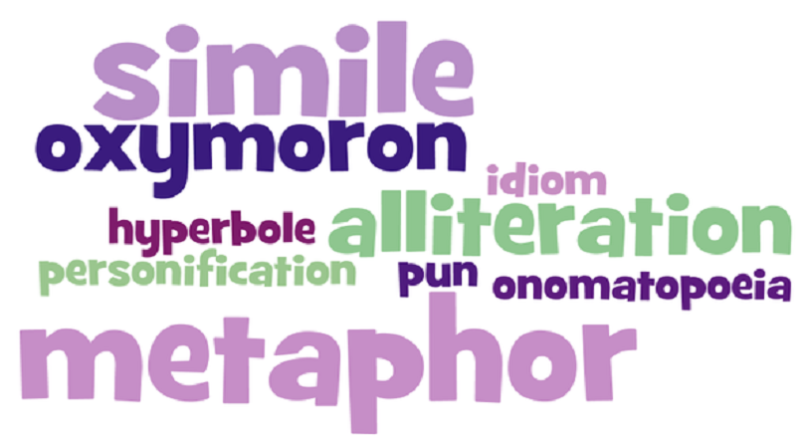
Figures of speech come in two forms: the trope and the scheme. Tropes involve playing with word meanings. Schemes involve playing with word orders and patterns. Here are some figures of speech that you might have been using daily without knowing it.
1. Hyperbole
Also known as exaggeration, you probably last used this figure of speech a while back when you told someone that you “literally” can’t do something. Hyperbole is used to emphasize a certain emotion or feeling or to create a comedic effect.
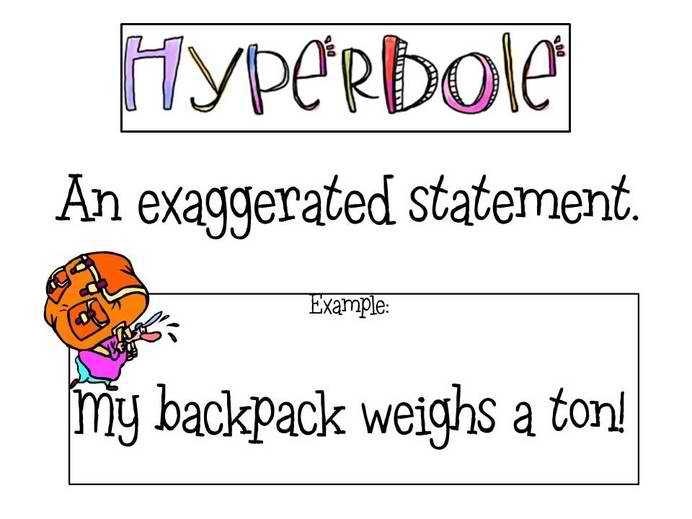
2. Litotes
Litotes is the opposite of hyperbole; it is an understatement. Like hyperbole, litotes are used to highlight a certain emotion or feeling or to create a comedic effect. However, this is combined with irony. Litotes are not simply understatements either, as they must always come in the form of a negative statement.
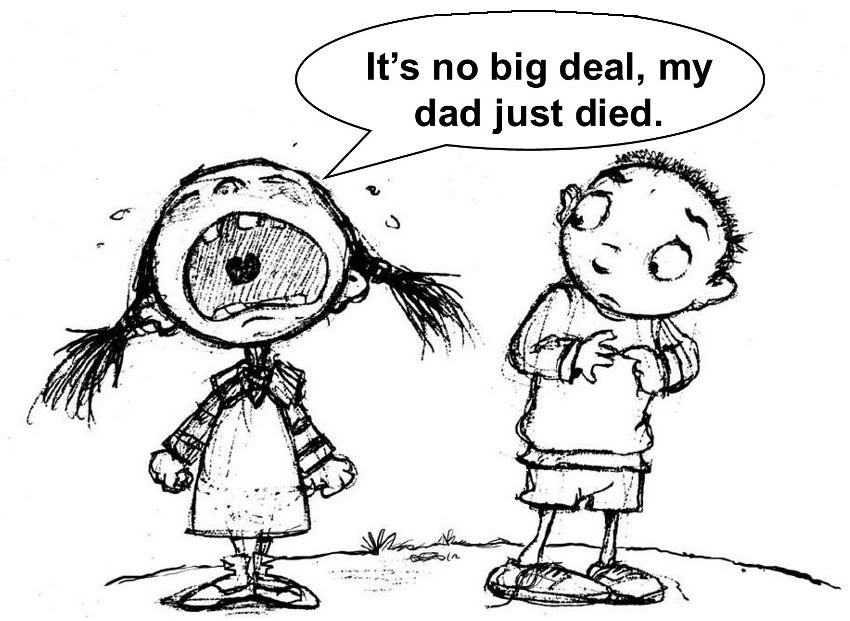
3. Oxymoron
Oxymoron is a statement which combines two contradicting words to express something complicated. Some popular examples include “sweet sorrow,” “deafening silence,” and “proud humility.” The word oxymoron is in itself an oxymoron. It combines two Greek words: oskus (meaning sharp) and moros (meaning dull).

4. Alliteration and Assonance
Alliteration is a scheme in which a consonant sound is repeated within a sequence of words. Assonance is the same, except a vowel sound is repeated. These pronunciation styles create a musical effect.
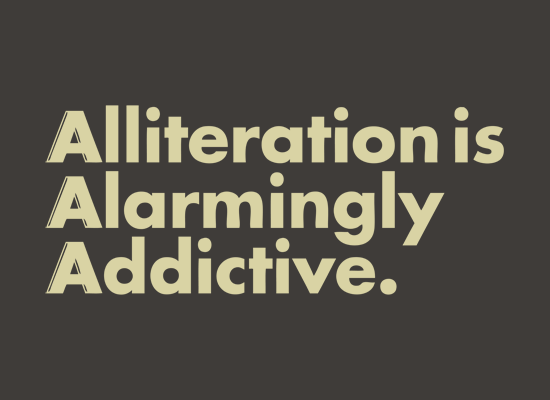
5. Ellipsis
Not to be confused with the punctuation, ellipsis is a scheme wherein parts of a sentence are eliminated because its meaning is already implied. An example is the following dialogue:
P1: I had a great time with you today.
P2: And I, you.The second person didn’t need to repeat the whole sentence. It is already implied that the second person feels the same way. Ellipsis is considered a figure of speech because it involves an uncommon, despite correct, use of the language.
6. Antanaclasis
Antanaclasis is a scheme in which a word or phrase is repeated throughout a sentence but uses different meanings. Sometimes, it’s considered as a form of pun. When used successfully, antanaclasis is witty, catchy, and memorable, which makes it great for slogans. An example can be “Don’t be a drag—be a drag queen.”
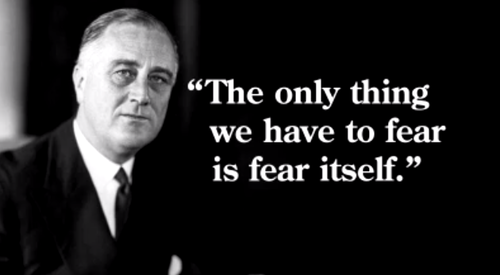
7. Metonymy
In metonymy, an object or concept is referred to by a different name. For example, the British Prime Minister’s Office may be referred to as “Downing Street,” popularity may be referred to as “the limelight,” and musical theatre may sometimes be referred to as “Broadway.”
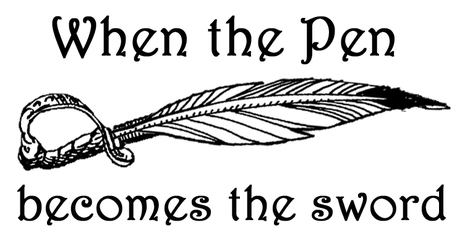
8. Synecdoche
Synecdoche is a figure of speech wherein a part of something is used to refer to its whole. In case this is confusing, here are some examples: the use of the word sails to refer to ships, mortals to refer to humans (when in fact animals and plants are also mortal), and wheels to refer to a car. Synecdoche is used in literature to make things sound poetic or to create a character within the work.

9. Anaphora
Anaphora is the repeated use of a word or a certain phrase throughout sentences or the entire body of work. This creates emphasis, expresses strong emotions, links ideas, and creates rhythm within a piece. Anaphora is a popular device used in songs, poetry, and speeches.
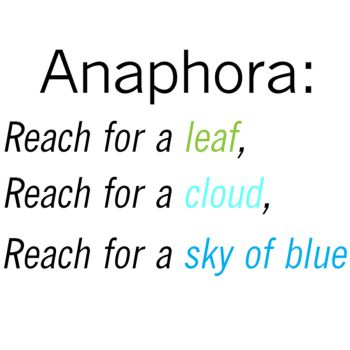
10. Apostrophe
Not to be confused with the punctuation mark, apostrophe is a figure of speech wherein someone or something is addressed in the text but is not present and cannot respond. In traditional literary form, this address is often preceded by “O,” as in “O, Romeo! Romeo! Wherefore art thou, Romeo?” This figure of speech is used to express strong emotions, such as love or hatred, or to reveal something about the character.

Source:
**Disclaimer: Images are not ours. Credits to the owner.
inWrite provides editing and rewriting services for everyone. Whether you’re an author with a story to tell or a business with a product to sell, we are here to help.
You can submit a 300-word file for a free sample edit. Just send it to [email protected].